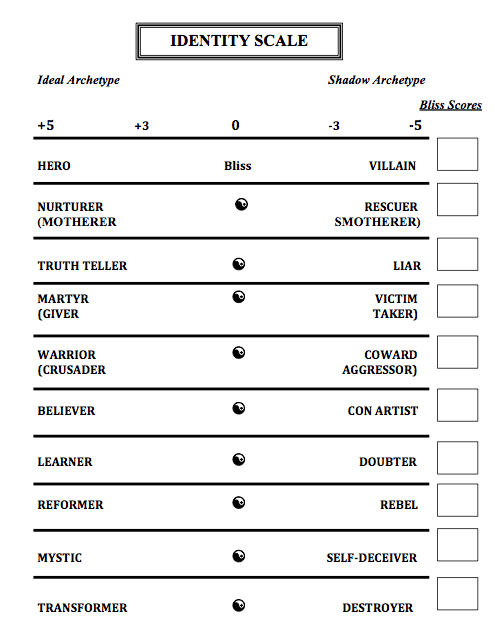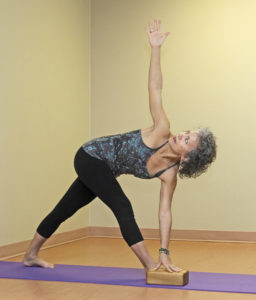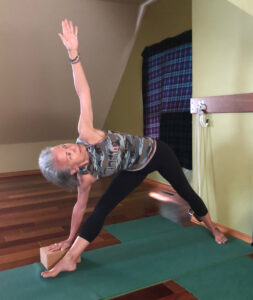Tomorrow will find me enroute to my 40th high school reunion in Gull Lake, Saskatchewan. As I ponder the pleasure and pain of adolescents growing up together in a small-town, I realize some of my school chums will be unrecognizable not only in face and figure but also in identity. I am curious to discover how their choices, in concert with Life’s events, molded their characters and identities over the past 40 years.
Much human energy has gone into the study of identity by philosophers, psychologists, sociologists and anthropologists. Their research culminated in defining identity, both personal and social, based on distinct characteristics uniquely expressed or shared by all within “a particular social category or group.” Over time, the formation of our identity takes shape as we identify with significant individuals — parents, siblings, teachers, etc. — as well as groups we deem important — religious, ethnic, economic, political, etc. Such identifications will either support and enhance our personal growth and transformation or malign it.
Our desire to remain attached to a specific identity deeply influences our self-image (the mental model we hold of ourselves), our self-esteem and our individuality. The capacity for self-reflection and the awareness of self (Leary & Tangney 2003) allows us to differentiate between real and ideal representations of identity. In this way, we enable enriched and balanced growth through Life’s cycles. Of course, the opposite is also true. When we refuse to change by not detaching from an unfulfilling or erroneous mental model of ourselves, we disable our personal development and capacity for transformation.
It is exactly this question of identity (Who Are You?) that is both thrilling and unnerving in a crowd one has not seen for 40 years. Will they have changed, and in what ways? Will the ghosts of adolescence still haunt, or have we each succeeded in freeing ourselves from those chains that bind?
Interestingly, the research seems to imply that identify formation is vital for wellbeing. But at the same time it is just as vital to shift one’s identity as Life’s circumstances shift and challenge us (Erik Erikson 1994; Cote & Levine 2002). On one hand, we need the combination of a strong ego identity and its integration into stable society to avert identify confusion and crisis. Meanwhile, we need to easily detach from each of our identities when they no longer serve our purpose.
This act of transformation (being or identity change) requires us to dig deeper than merely changing our behaviours and beliefs. In my own experience, each identity we successfully detach from leaves us freer to choose between more options until eventually the question of identity becomes irrelevant to who we are.
The most common ego identifications have to do with possessions, the
work you do, social status and recognition, knowledge and education,
physical appearance, special abilities, relationships, personal and family
history, belief systems, and often political, nationalistic, racial, religious,
and other collective identifications. None of these is you. Eckhart Tolle
If we choose to live in healthy helpful ways, none of these identities is us, permanently, that is. Each of us, across our lifetime on Earth, may choose several identities to outwardly express who we are becoming.
The most helpful way for me to understand this rather nebulous topic of identity was to think of it in terms of archetypes — models or mental images inherited from early human ancestors that remained present in our collective unconscious. I developed the Identity Scale below based on my own belief that we are all on the same journey through Life — to become our own hero; to save our own lives by integrating the ideal and the shadow aspects of ourselves into wholeness. It is not that we are one identity only, but many all at once.
More than likely, one or two played a dominant role during different stages of our personal development. For instance, my school chums would likely remember me as the Warrior/Villain and Reformer/Rebel. While today, I find myself inclined to the Mystic/Self-Deceiver and Transformer/Destroyer. Nonetheless, aspects of all 10 archetypes reside within each of us including both the Ideals and Shadows.
Consider the Identity Scale below and assess where you are (Ideal – Shadow – Blissfully Integrated) for each identity archetype. Remember, it is often the Shadow in each of us that awakens us to our true nature so let go of judging words like villain, coward, liar, etc. Score both sides of each continuum (i.e., Hero [4+] + Villain [2-] = Bliss Score [2]). In order to move toward integration, highest scores are not the case but rather a blending of the best aspects of Ideal and Shadow brings us to the “middle way.”
This week as I prepare for this homecoming celebration of Life and friendship, I am inspired to live out these intentions of kindness —
Be kind, for everyone you meet is fighting a hard battle. Plato
Be kind to unkind people — they need it the most. Ashleigh Brilliant
Kindness in words creates confidence.
Kindness in thinking creates profoundness.
Kindness in giving creates love. Lao Tzu
What kindness can you bring forth today that resonates with your true nature?
References:
Cote, James E.; Charles Levine. 2002. Identity Formation, Agency, and Culture. New Jersey: Lawrence Erlbaum Assocs.
Erikson, Erik. 1994. Identity: Youth and Crisis. Austin Riggs Monograph No. 7.
Leary, M. R.; J. P. Tangney. 2003. Handbook of self and identity. New York: Guilford Press.






